5G networks: phones, plans, deals and which networks have launched so far?
Our complete guide to all the 5G networks in the US and UK
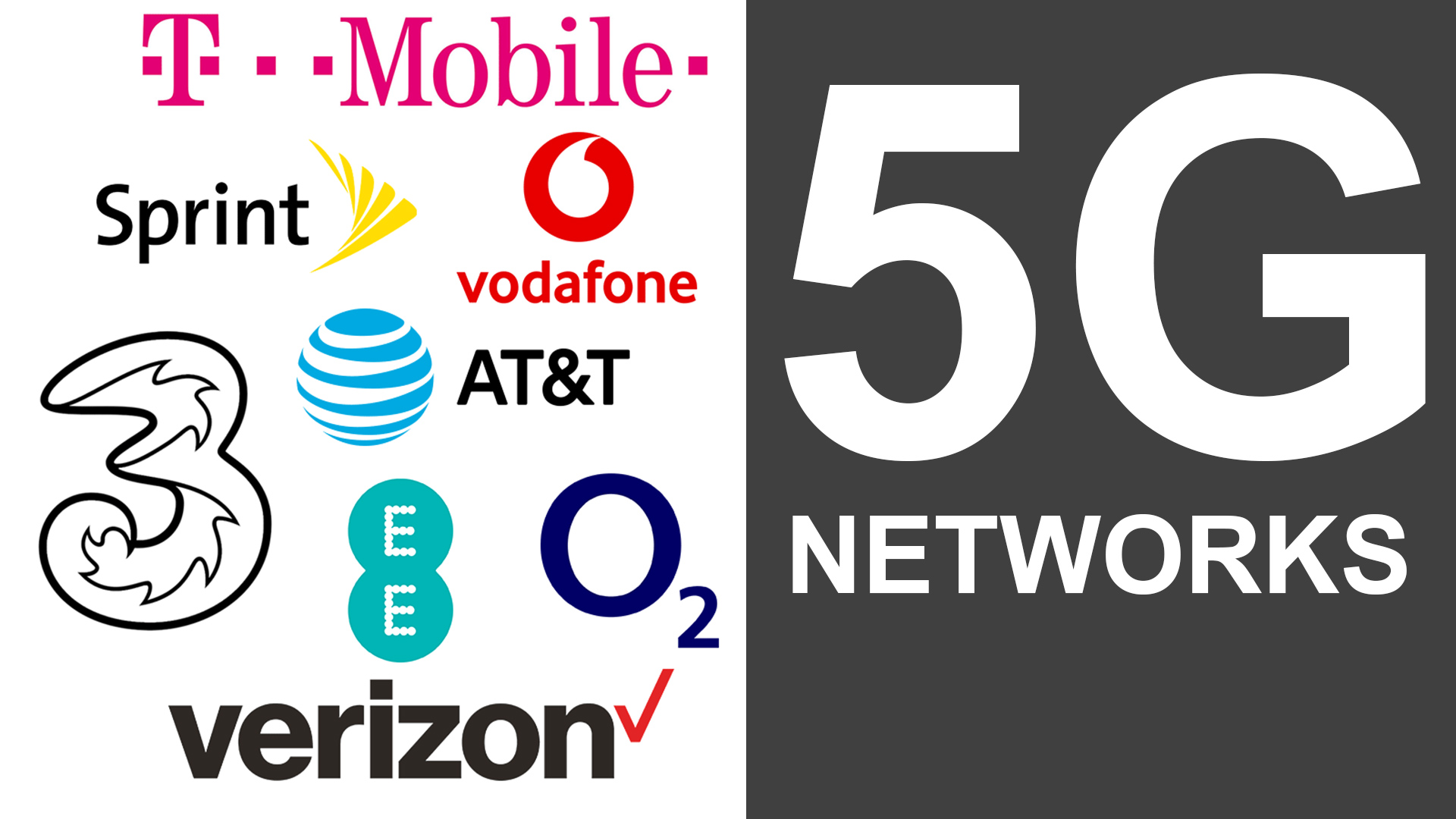
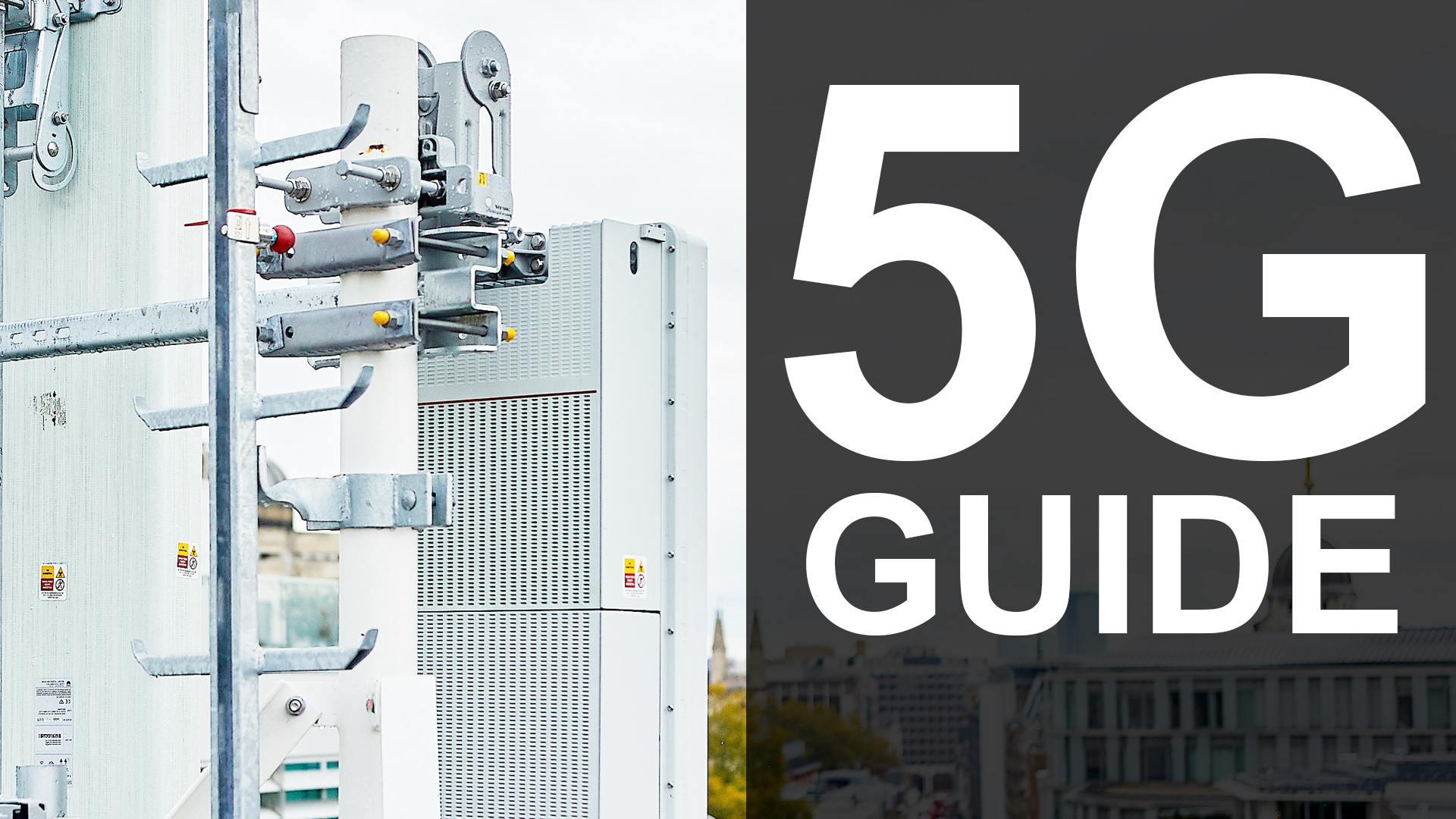
5G technology: how it works
4G vs 5G: how they compare
5G use cases: examples of 5G
5G Dangers: the fact and fiction
5G Internet: will it replace fibre
5G security: the full picture
5G speed: guide and tools
5G deals: get the best offers
5G phones: discover the best
5G stocks: investment tips
5G is here and it's rolling out both sides of the Atlantic at a rapid pace and although rollout slowed in 2020 and early 2021 because of the global situation, things are ramping up once more.
Different networks have quite different attitudes about how they've rolled out 5G, too and will continue to do so in the future. While US networks are using the high-frequency mmWave (milimeter wave) networks already, UK networks haven't yet made the move.
mmWave is key to 5G rollout in major cities where higher speeds and capacities are required. All networks are using so-called 'sub-6Ghz' wavebands to maximise coverage, but this doesn't provide 5G speeds that are as good as mmWave.
However, coverage for all 5G networks remains patchy, only covering towns and cities at the moment; even close neighbourhoods can have vastly different network coverage.
All the UK networks have opted for the drip-drip approach of covering main areas of major cities first, then covering suburbs next. As we mentioned, this is all using mid-band (sub-6Ghz) 5G.
By contrast, the US networks have attempted to cover as much ground as possible, as quickly as possible. It's doing this by using low-band spectrum that isn't much quicker than 4G, but is still referred to as 5G.
We've listed all of the networks below as well as basic details about their rollout - check out our individual network features for more on the coverage, phone offering and future plans for each carrier.
Get up to speed with 5G, and discover the latest deals, news, and insight!
US 5G networks
AT&T 5G
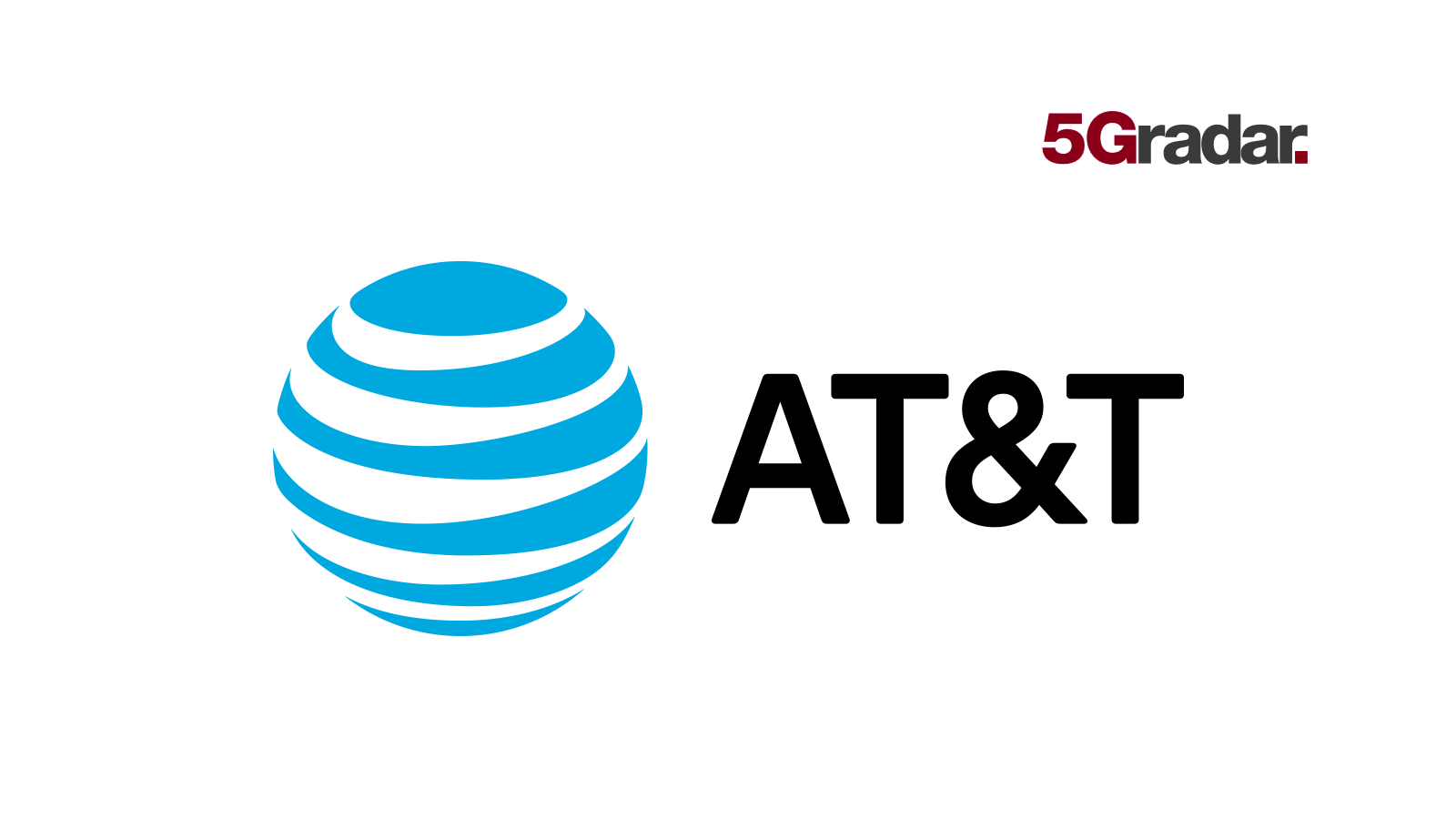
AT&T's 5G network rollout is well underway after a slow start. AT&T was putting its efforts into "5GE" - essentially some clever branding for 4G LTE Advanced technologies. 5GE is not 5G.
The majority of AT&T's 5G provision is known as 5G Nationwide which uses low band spectrum to maximise coverage. Over 250 million people currently have access to AT&T 5G.
It's mmWave offering is called 5G+ and is now in areas of 38 cities plus 20 venues such as arenas.
T-Mobile 5G
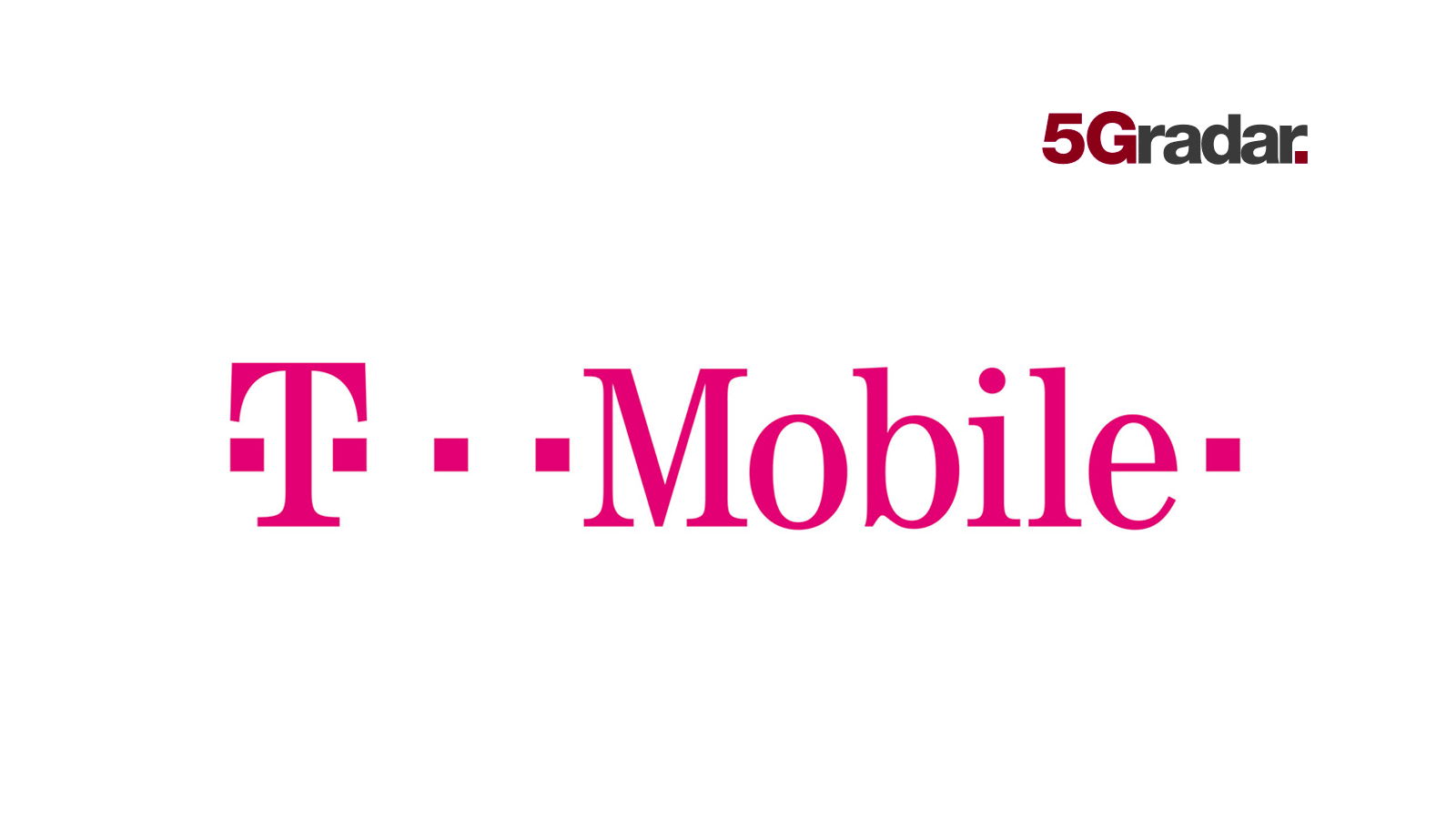
T-Mobile has rolled out at least some 5G coverage to over 300 million Americans in more than 8,000 cities and towns.
Sprint's merger with T-Mobile has now been finalised and so Sprint's mid-band spectrum is now part of T-Mobile's 5G offering. T-Mobile has so far brought mid-band 5G to hundreds cities and towns and it clearly sees mid-band as a future force - somewhat rising above AT&T's low band offering but without the expense of mmWave.
That said T-Mobile is committed to rolling out mmWave "where it makes sense" but it is restricted to small areas of key cities at present. Its Ultra Capacity 5G already covers 150 million people.
Verizon 5G

Verizon was the first US network to launch 5G and its mmWave-based network (dubbed Ultra Wideband) is growing, albeit with very limited coverage in each city where it has rolled out.
It also has a 5G Nationwide network 230 million people in over 2,700 cities although the strategy is similar to AT&T's in that while this is called 5G, speeds aren't that great and it won't offer that much advantage compared to 4G.
The network also offers a 5G home broadband service, too, although this remains in limited areas at present.
UK 5G networks
EE 5G
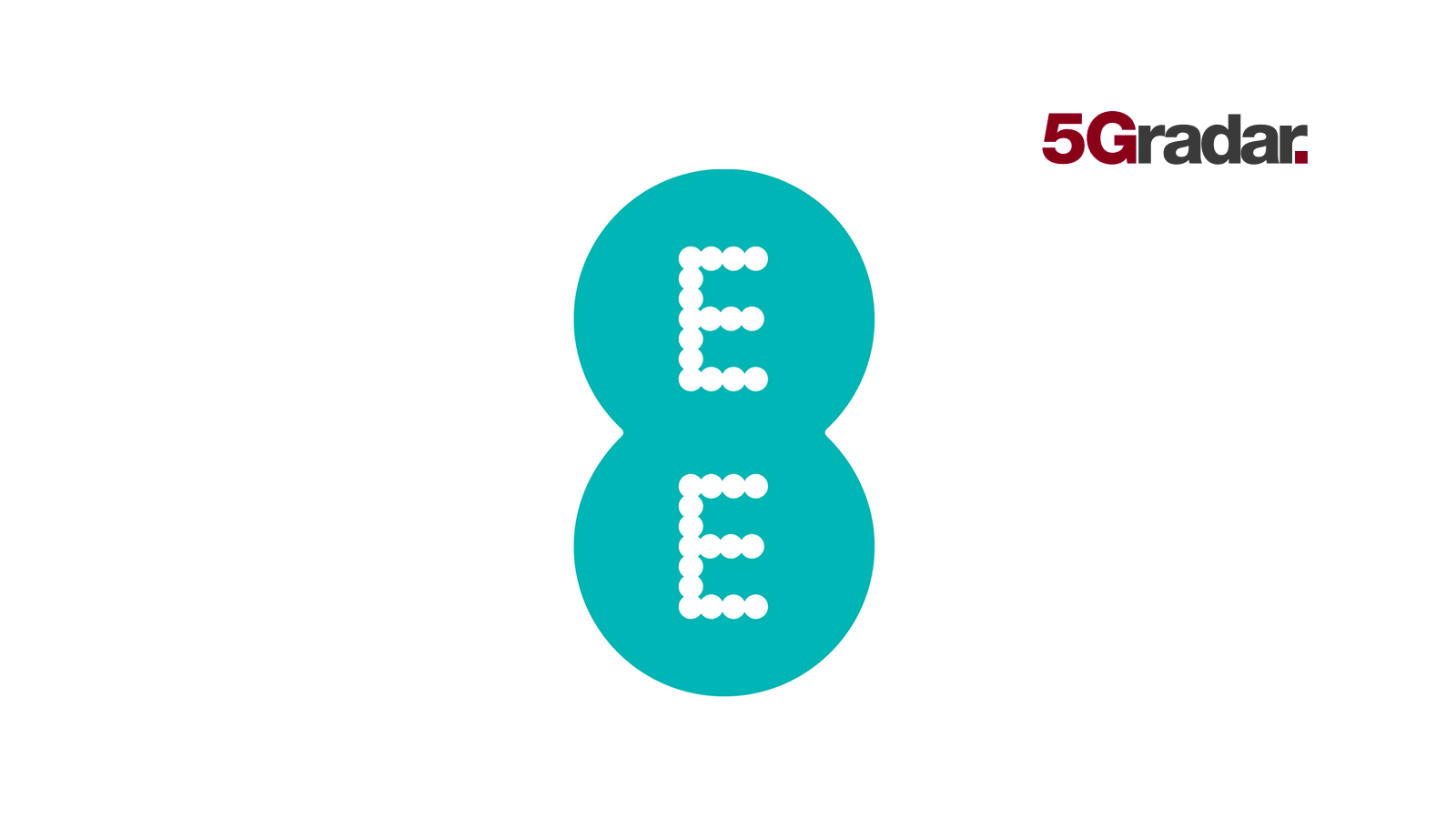
The first to launch of the UK networks, EE has 5G in 160 locations at the moment.
Both EE's business and consumer 5G plans are available with unlimited data and anytime upgrade. All EE's 5G phones are available on EE 5G Smart Plan with unlimited minutes and texts, too.
BT Mobile runs as an MVNO on EE's network (BT now owns EE) and has also now launched 5G services in the same locations as EE.
O2 5G
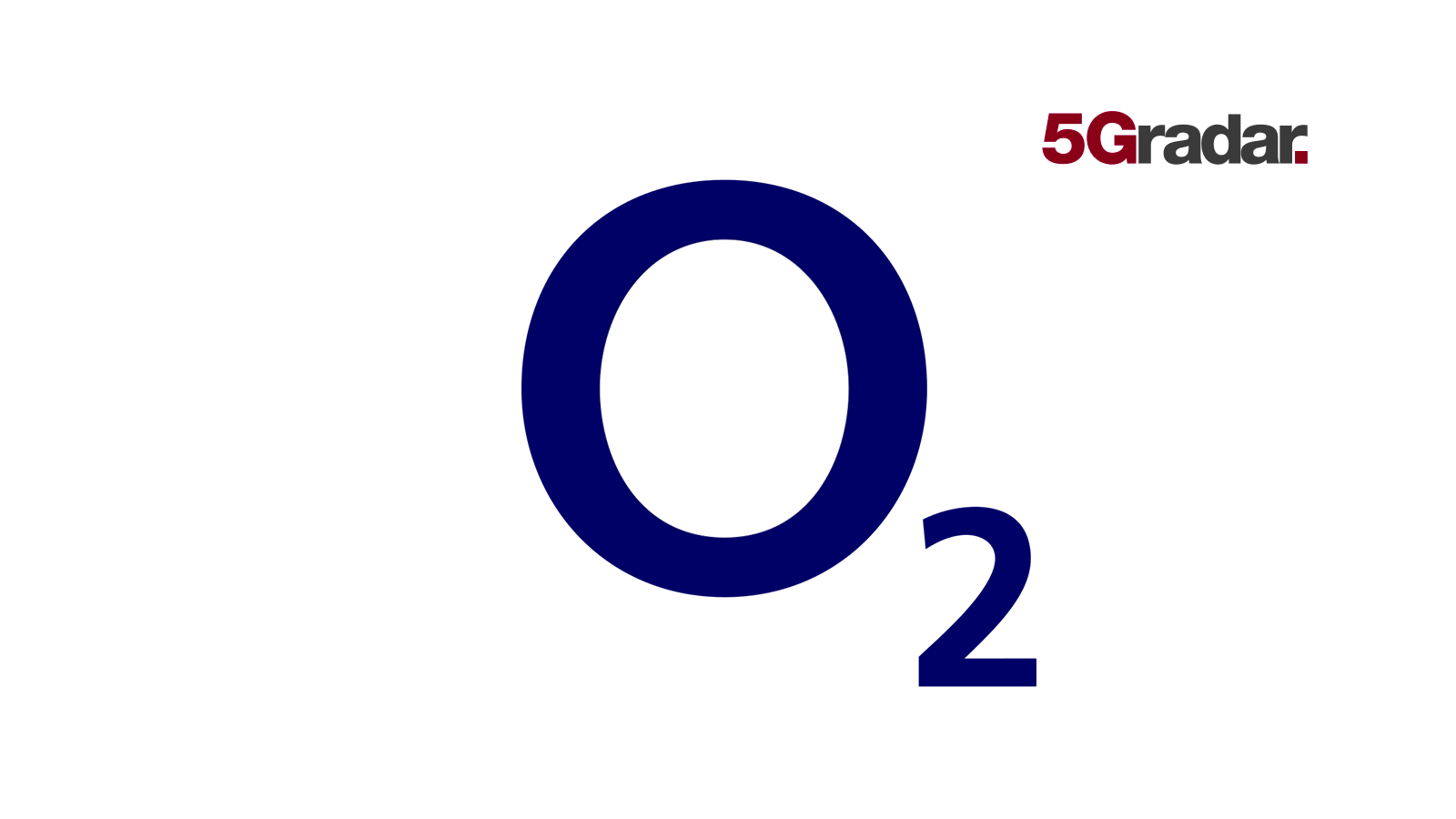
O2's 5G network has 5G services in over 200 towns and cities and it's offering several unlimited 5G tariffs just like the other UK networks.
The network has also started to roll out its low band 5G spectrum, aimed at further widening the network's 5G footprint and strengthening indoor penetration.
O2 adds it is investing around £2 million a day into its 5G infrastructure. The company has now merged with Virgin Media; Liberty Global and Telefonica both own 50 percent of the new company.
Three 5G

Three UK launched 5G services in early 2020 and it has now rolled out to a total of 154 locations, with broader coverage appearing all the time.
Three says its ambition is to connect 2,500 new mast sites to 5G over the next few years. It's offering 5G broadband in limited areas.
Three has also been working with Nokia on the rollout of a new cloud-based core network.
Vodafone 5G
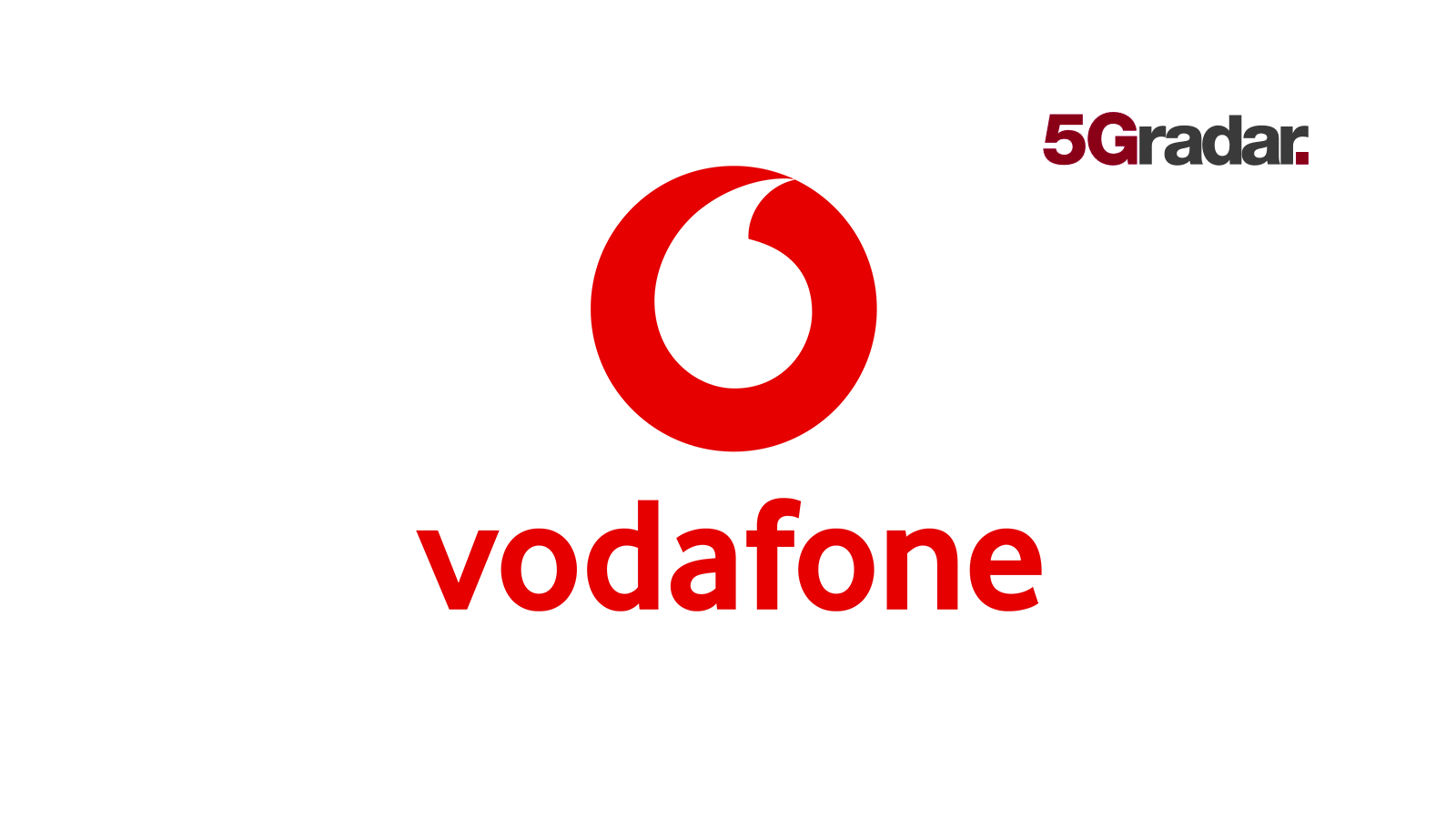
Vodafone might not have been the first to launch 5G in the UK, but it set the cat amongst the pigeons when it revealed unlimited 5G tariffs.
While Three had offered unlimited tariffs for a long time, it was something of a departure for one of the big networks - and EE and O2 had to follow suit.
Vodafone now has 5G live in more than 100 towns and cities and is also offering a combined home broadband and 5G mobile plan called Vodafone Together.

